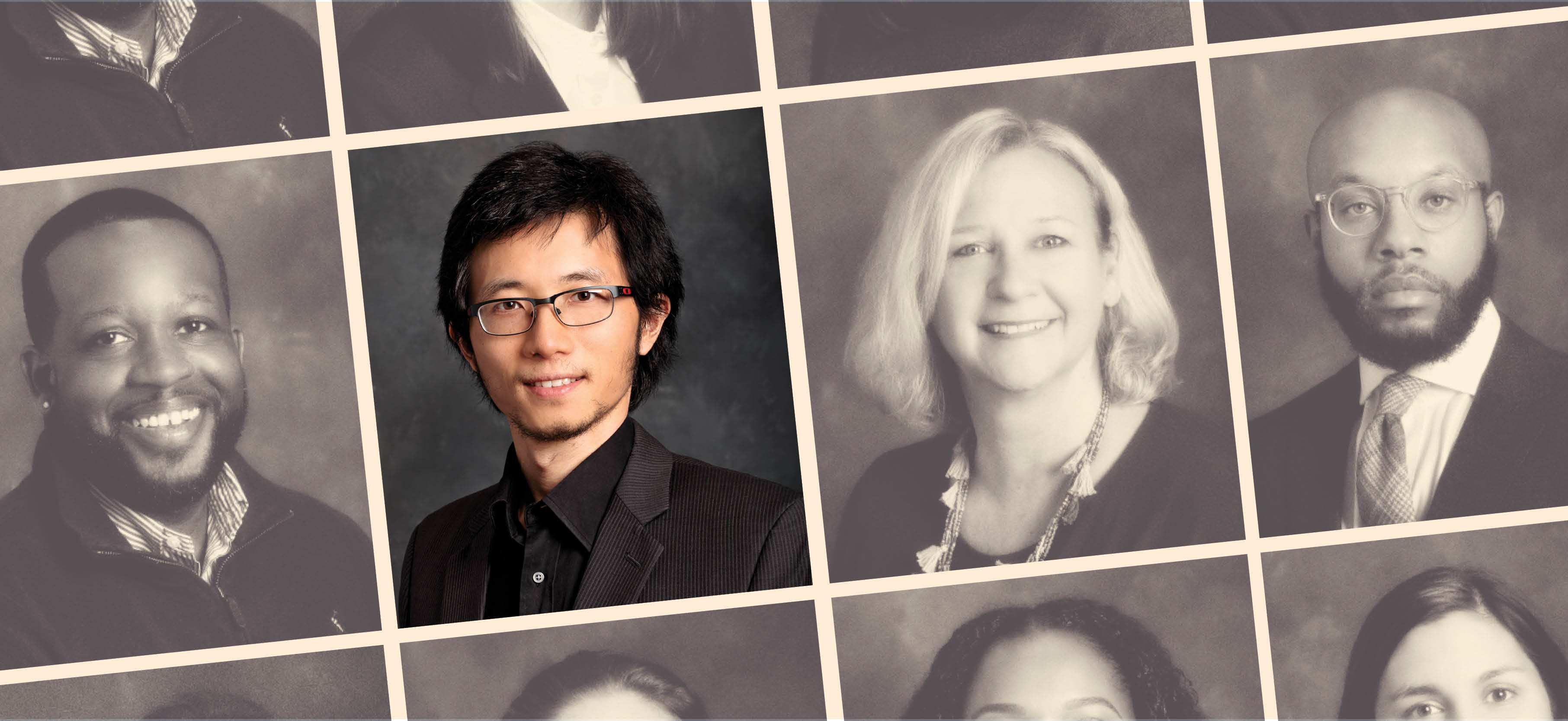
New faculty spotlight: Nick Peng
Posted on: November 8, 2021; Updated on: November 8, 2021
By Chris Horn, chorn@sc.edu, 803-777-3687
Nick Peng is an assistant professor in the School of the Earth, Ocean and Environment in the College of Arts and Sciences who joined the university this past spring. Peng completed his Ph.D. at Princeton University and did his post-doctoral work at the University of California Santa Barbara. His focus is on the interactions of marine microorganisms, and he’s hoping to develop a new course that will enable students to learn the techniques for deciphering the identity and function of microorganisms present in any particular environment.
You began your baccalaureate studies in a liberal arts curriculum at Connecticut College. How did you get interested in studying marine environments?
A faculty mentor suggested doing a study away program at the Marine Biological Laboratory in Woods Hole, Massachusetts, and I met a number of ecosystem scientists who were studying the flow of different chemical elements in terrestrial and aquatic environments. I thought that was fascinating, and because they worked so closely with us, I could see what it was like to be a scientist. Before that, the idea of ‘scientist’ was just an abstract term for me. At the Marine Biological Laboratory, I realized I could be a scientist, too. At Princeton, I participated in a few oceanographic research cruises and got a lot of great experience.
How do you describe your research here?
Microorganisms change our world and affect the environments we live in. They affect the amount of carbon dioxide in the atmosphere, they determine whether there is a red tide at the coast, and they do a ton of hard work by filtering out contaminants in our rivers before they reach the ocean. My research is focused on how marine microbes interact and respond to environmental changes that end up shaping the world. I’m giving a public lecture in October that’s titled “Microorganisms and Climate Change” where I’ll be talking about how microorganisms respond to climate change and can even play a role in shaping the climate.
You didn’t always plan to become a college professor, right?
I come from a family of teachers, mainly elementary school teachers, and that had an impact on the early part of my life because my family members would always say teaching was in my genes. I rejected that idea for a long time and didn’t want to go to graduate school because I didn’t want to head in that direction. But by the time I was in graduate school, I began to realize that I actually enjoyed teaching quite a bit. So, in graduate school I participated in a yearlong training in teaching philosophy. My own philosophy is student-centered — the role of the teacher is to guide the students, to channel their energy in a direction they find meaningful. That way they will dig into something that will inspire them to do good work.
What does that look like in the classroom?
I guide students through questions and try to give them a historical perspective. Last week, I asked the question during my lecture, ‘Why is the ocean salty?’ And the students had to think about how at the very beginning water and acid reacted with rocks, which introduced salt into the ocean. I show them a big map that depicts where there are high and low concentrations of phytoplankton and try to get them to think about why those different concentrations exist. What’s exciting about earth and ocean sciences is that we’re learning new things every year. The lecture I give five years from now will be different from the one I gave today.